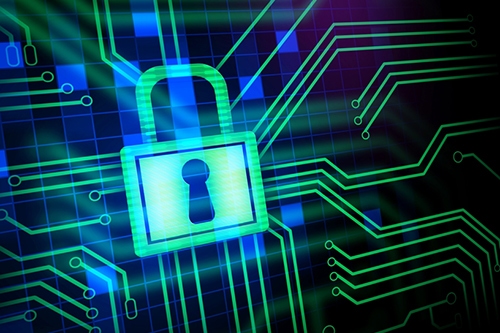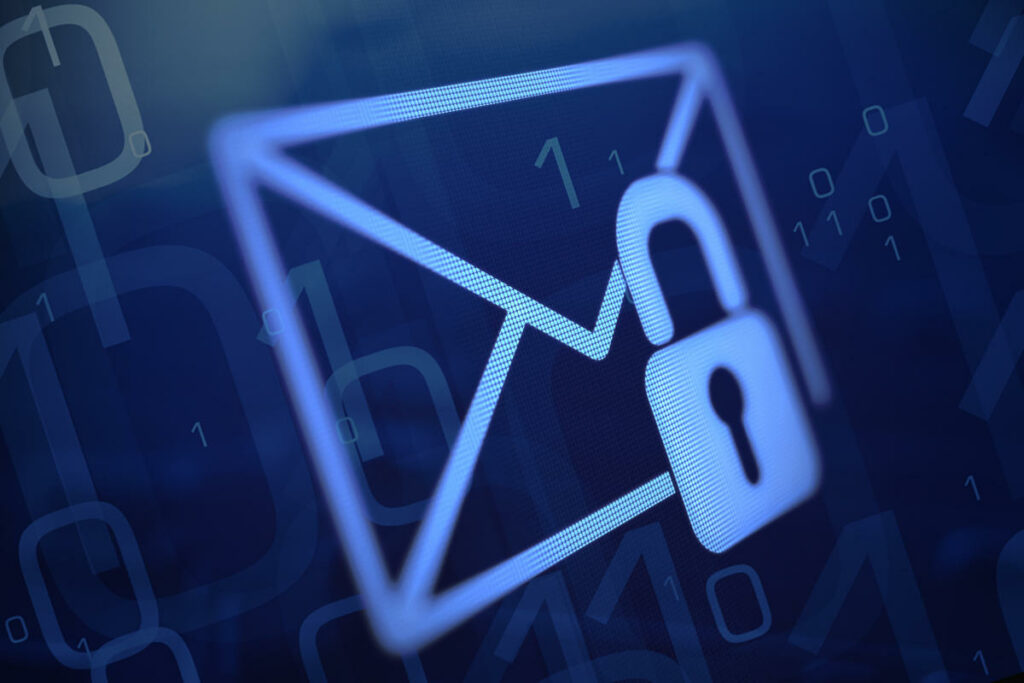By now, if you have employees working remotely because of the COVID-19 pandemic, they’ve been doing it for a while now. Everyone has settled into routines, and hopefully, you’ve found new ways to stay connected and productive.
Maybe things will change soon. Perhaps they’ll find a vaccine, or maybe it really will all fade away after the election. But even if so, remote work is here to stay, and it will continue to be much more widespread than it was this time last year.
At first, businesses scrambled to implement remote workforce solutions just to keep employees healthy and still operate. Managers and employees were doing the best they could just to keep their heads above water. Now that things are more routine, it’s natural to feel more relaxed. It’s great to be comfortable while working, but not if that makes your business more vulnerable to cyberattacks and data breaches. In this article, we’ll offer cyber security tips every business should implement for their remote workforce.
Know Your Biggest Cyber Security Threats
People are always the greatest source of risk. We’re human, and humans make mistakes. The first step in securing your business data is to truly understand wherein lies the danger. Here are the top IT security threats you should be concerned about.
Managing Staff Members and Devices
When employees are working remotely, it’s harder to keep track of what equipment they’re using to access files and complete tasks, and who else might be using that equipment. Make sure you have a current inventory of devices that can access your data and a list of who can use them.
Keeping Passwords Secure
That person who keeps passwords on a post-it stuck to his or her keyboard monitor at the office probably does the same thing when he or she works remotely as well. That’s a problem when they open their laptop at the coffee shop or at the airport. Weak passwords are also a threat. Require employees to stay away from passwords that are easy to guess and instead choose ones that include at least eight characters and are a mix of capital and lower case letters, numbers, special characters, and symbols.
Phishing Emails
Experts have detected a staggering 30,000 percent increase in phishing attempts during the COVID-19 pandemic. Hackers know people are working away from the office and they’re already uneasy because of the current climate. They’re using that fear to try and trick them into sharing sensitive information. Your employees working remotely are more vulnerable than ever.
Working from Personal Devices and Unsecured Networks
It’s tempting to access work data using personal cell phones or on personal laptops using public Wi-Fi because it’s easy. When staff members do, they make your network vulnerable to threats.
Implement Strong Digital Security Precautions
Make a formal policy that addresses how and when employees work remotely. Educate employees on the risk, then follow these guidelines.
Stay off Public Wi-Fi
Insist your employees not use public wi-fi for any reason when they’re working. If they sign in to the coffee shop or hotel network, there’s no firewall between them and the people at the next table or in the next room. If they must work where they don’t have a secure application gateway, encrypted remote connection into a remote desktop, or VPN, suggest they use their phone as a mobile hotspot.
Use Work Devices for Work
It’s tempting when you’re sitting on the couch with your tablet catching up on your social media to use that same device to sign in to your work email and reply to your boss about tomorrow’s Zoom meeting. The problem is, most companies have taken precautionary measures with corporate machines that aren’t installed or running on personal devices. Require employees to only access company networks or company files using company devices.
Protect Data in Public Places
Train employees to block lines of sight when they’re working in public places, especially when typing in passwords or viewing sensitive files. Staff should also take equipment with them if they need to temporarily step away to place an order or use the restroom.
Don’t Forget Physical Security
If your work machines leave the office, they’re more vulnerable than they would be locked up at night with your monitored business alarm system engaged. Point out potential threats to staff members along with guidelines to protect your data and assets.
Lock Work Devices Away When Not in Use
Your staff members might have roommates who think it would be a funny prank to mess with your device. They could have reckless teenagers or neighbors who steal. They could have angry exes who want revenge. There’s no way to predict what might happen, so remind employees of the importance of safeguarding corporate information by locking away work machines when not in use.
Don’t Leave Employee Laptops or Tablets in Vehicles
A laptop sitting in the front passenger seat of a car is an invitation to steal. Putting it in the trunk is only slightly better if criminals are watching you place it there. It’s better to take work machines with you if you’re taking one home and need to make stops along the way.
Only Use Known Thumb Drives
Criminals attack companies by planting thumb drives in visible places, hoping employees will think it has been lost or abandoned and insert the drive into their USB port. If you don’t know where a thumb drive came from, don’t put it in your machine.
Help With Remote Workforce Cyber Security
We’re here to support Houston businesses and their employees in any way we can, especially when it comes to managing a remote workforce. We’re ready to share our expertise and to provide the following:
- Software, implementation, and training
- Tools, tips, and tricks for remote workforce management
- Employee operating procedures, guides, and training
- Advice on building an effective remote work culture
Find out more when you schedule a free consultation today.






